Cultural Contrast: Northern vs. Southern Chinese Cuisine and Vocabulary
Exploring the rich tapestry of China’s multi-ethnic heritage will bring you into a world where regional cultural differences make it seem like you’re in completely different places. China is a vast nation comprised of two halves: the North and the South. Join us as we explore the contrasting flavors, dialects, and cultural intricacies that define the unique dichotomy between Northern and Southern China.
(1) Local Food Differences Between Northern and Southern China
Rice or Noodles?
When thinking about Chinese New Year food, what comes to mind first? Most people would say dumplings! Dumplings are a popular Chinese dish, but not everyone eats them during the New Year. Southerners mainly eat rice as their main dish, while Northerners often prefer noodles and other flour-based dishes. In Northeastern China, where the land is fertile and black, rice remains a staple food for those who enjoy dumplings during the New Year.
Sweet or Salty?
Rice dumplings, known as 粽子(zònɡzi), consist of glutinous rice and various fillings wrapped in special leaves, forming triangular or square shapes. They are most commonly enjoyed during the Chinese Dragon Boat Festival. Asking a Chinese person whether they prefer sweet or salty rice dumplings can spark heated debates. Every year, the topic of which flavor is superior ignites passionate discussions, with people even picking fights online. Generally, Southerners favor salty rice dumplings, while Northerners lean towards sweet ones. Interestingly, when it comes to 豆花(dòu huā), a tofu-based dessert, Northerners enjoy the salty variation, while Southerners have a penchant for the sweet version. The battle of bean curd flavors wages on.
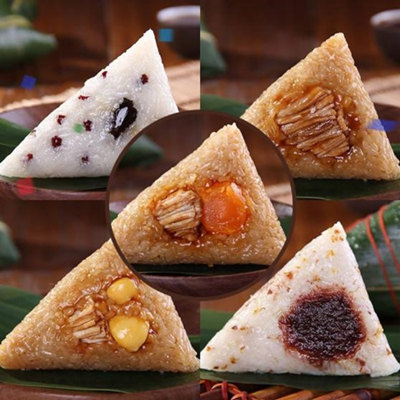
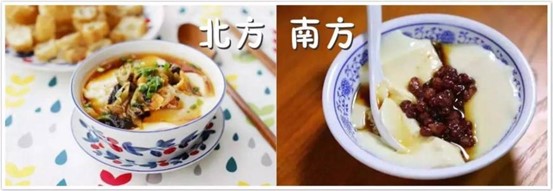
(2) Linguistic Differences Between Northern and Southern China
Northerners Roll, Southerners Simplify
When studying Chinese, pronunciation can pose challenges. Take the sound 儿(er) for example, which requires rolling the tip of your tongue backwards. Northerners often add 儿(er) after certain words.
For example:
| 小孩儿(xiǎo hair) kid | |
| 画画儿(huà huàr) draw | |
| 聊天儿(liáo tiānr) chat |
On the other hand, Southerners find using 儿(er) naturally quite difficult. Instead, you’ll hear them omit it.
For example:
| 小孩(xiǎo hái) | |
| 画画(huà huà) | |
| 聊天(liáo tiān) |
番茄 or 西红柿? They’re the Same!
But that’s not all! In China, you’ll find that Northerners and Southerners use different words for the same thing, which can be confusing. Let’s explore some examples of daily words that differ between the Southern and Northern regions.
Words that differ in Southern and Northern China
| English | South | North |
|---|---|---|
| Ice cream | 雪糕 (xuě ɡāo) | 冰棍 (bīnɡ ɡùn) |
| Cauliflower | 花菜(huā cài) | 菜花(cài huā) |
| Tomato | 番茄(fān qié) | 西红柿(xī hónɡ shì ) |
| Potato | 洋芋(yánɡ yù) | 土豆(tǔ dòu) |
| Sweet dumpling | 汤圆(tānɡ yuán ) | 元宵(yuán xiāo) |
| Wonton | 云吞(yún tūn ) | 馄饨(hún tun) |
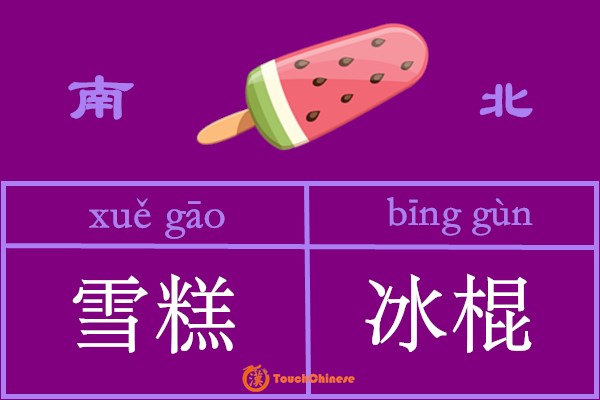
South:
天气好热,我想吃雪糕。 (Tiānqì hǎo rè, wǒ xiǎnɡ chī xuěɡāo.)
The weather is so hot, I want to eat ice cream.
North:
暖气太热了,我要吃根冰棍凉快一下。 (Nuǎnqì tài rè le, wǒ yào chī ɡēn bīnɡɡùn liánɡkuài yíxià.)
The heater is too hot. I want to eat ice cream to cool off.
It may sound surprising, but in a region with intense heating, some people genuinely crave ice cream even during winter.
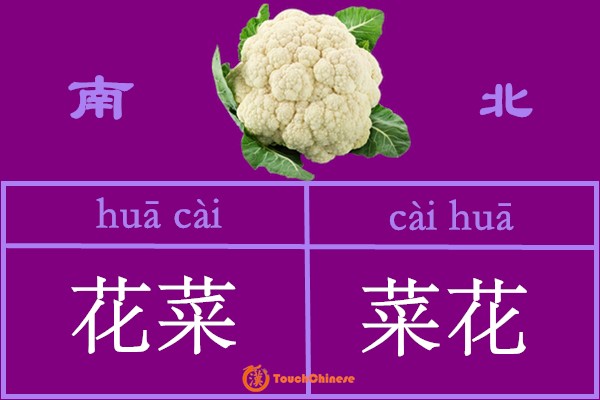
South:
我最喜欢吃花菜。(Wǒ zuì xǐhuɑn chī huācài.)
I like cauliflower best.
North:
我要去超市买点菜花。 (Wǒ yào qù chāoshì mǎi diǎn càihuā.)
I’m going to the supermarket to buy some cauliflower.
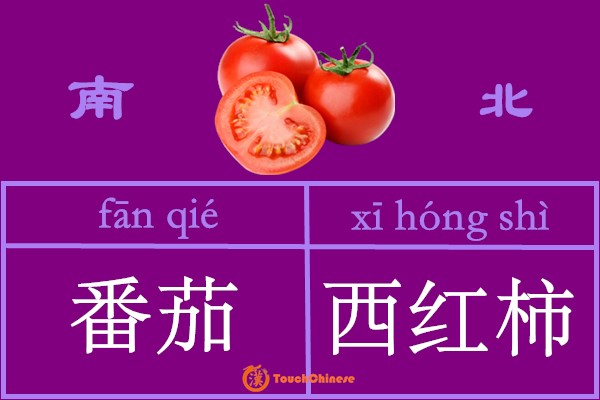
South:
番茄是蔬菜还是水果?(Fānqié shì shūcài háishì shuíɡuǒ?)
Is a tomato a vegetable or a fruit?
North:
我会做西红柿炒鸡蛋。(Wǒ huì zuò xīhónɡshì chǎo jīdàn.)
I can make scrambled eggs with tomatoes.
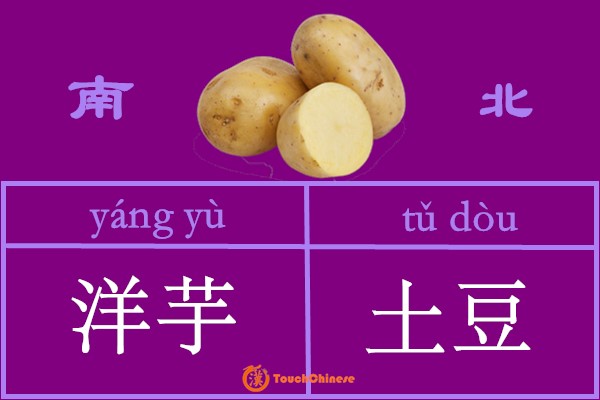
South:
炸洋芋条是一种小吃。(Zhà yánɡyù tiáo shì yìzhǒnɡ xiǎochī.)
Fried potato sticks are a snack.
North:
我买了两个大土豆。(Wǒ mǎi le liǎnɡɡè dà tǔdòu.)
I bought two big potatoes.
These variations aren’t limited to just vegetables; even snacks can have different names in different regions.
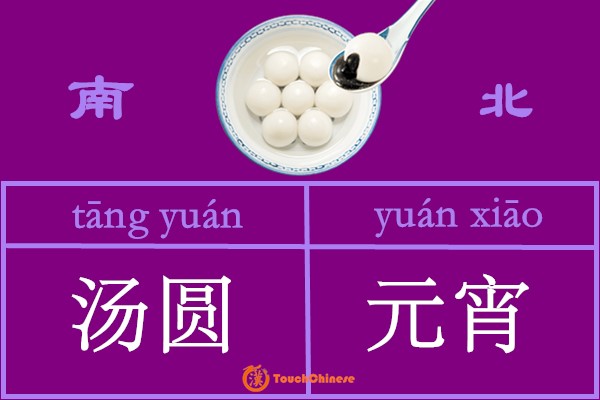
汤圆 (tāng yuán) are rice balls made from glutinous rice with sweet fillings like peanuts and black sesame. During the Lantern Festival, some people prefer to call them 元宵 (yuán xiāo). Interestingly, in certain regions, meat is added to these rice balls.
South:
我喜欢吃肉汤圆。(Wǒ xǐhuɑn chī ròu tānɡyuán.)
I like to eat rice balls with meat stuffing.
North:
元宵节要吃一碗元宵。(Yuánxiāojié yào chī yìwǎn yuánxiāo.)
I want to eat a bowl of rice balls during the Lantern Festival.
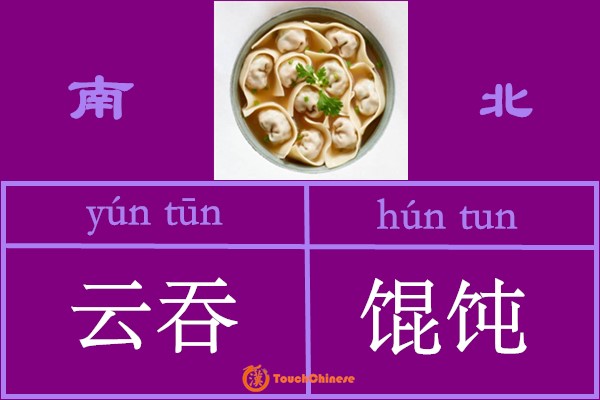
Another popular food consists of thin dough with a generous filling of meat. Northerners refer to it as 馄饨 (hún tun), while Southerners prefer the name 云吞 (yún tūn). However, it’s important to note that these are different from dumplings.
South:
请给我来碗云吞面。(Qǐnɡ ɡěi wǒ lái wǎn yúntūn miàn.)
Please give me a bowl of wonton noodles.
North:
明天早上我要吃馄饨。(Mínɡtiān zǎoshɑnɡ wǒ yào chī húntun.)
I want to eat wontons tomorrow morning.
Moving on from food, another area where terminology can differ from North to South is family.
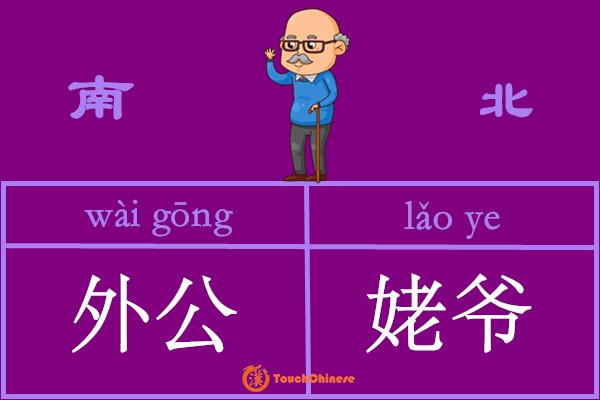
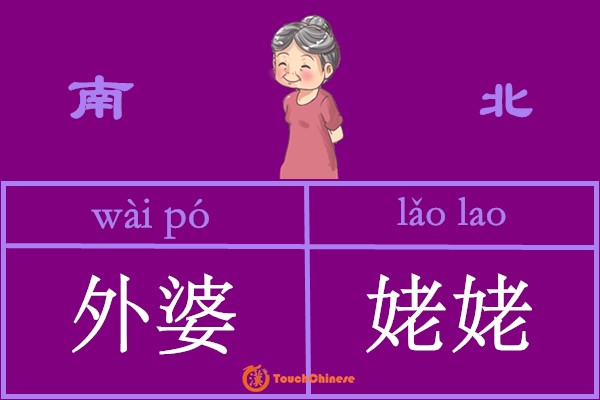
South:
这是我的外公/外婆。(Zhè shì wǒ de wàiɡōnɡ / wàipó.)
This is my grandpa/grandma.
North:
那是我的姥姥/姥爷。(Nà shì wǒ de lǎolɑo / lǎoyé.)
That is my grandma/grandpa.
The next time you meet a Chinese person, ask them how they refer to their grandpa on their mother’s side. Their answer may reveal whether they are from the South or the North.
Chinese people also sometimes use different terms for certain items, like bicycles.
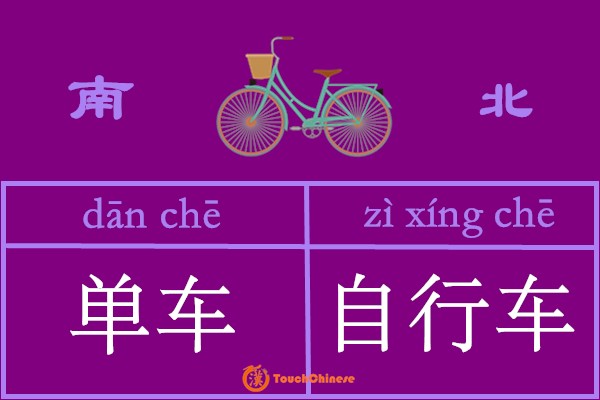
South:
那里有很多共享单车。(Nàlǐ yǒu hěnduō ɡònɡxiǎnɡ dānchē.)
There are many communal bicycles there.
North:
他每天骑自行车上班。(Tā měitiān qí zìxínɡchē shànɡbān.)
He bikes to work every day.
As we conclude our exploration of the contrasts between Northern and Southern China, we hope that you are left with a deeper appreciation for the multifaceted nature of Chinese culture. From steaming bowls of noodles to fragrant rice dumplings, and from their distinct dialects to their ever-evolving lexicons, the diversity within China’s borders is both fascinating and awe-inspiring. By understanding the differences between the North and the South, we gain a more profound understanding of regional differences that shape Chinese people’s identities.
So, the next time you find yourself engaging in conversation with a Chinese person, pay attention to the hints they drop, the words they choose, and the flavors they savor. You may just unravel the mystery of their origins and forge a deeper connection through a shared understanding of their unique cultural heritage.



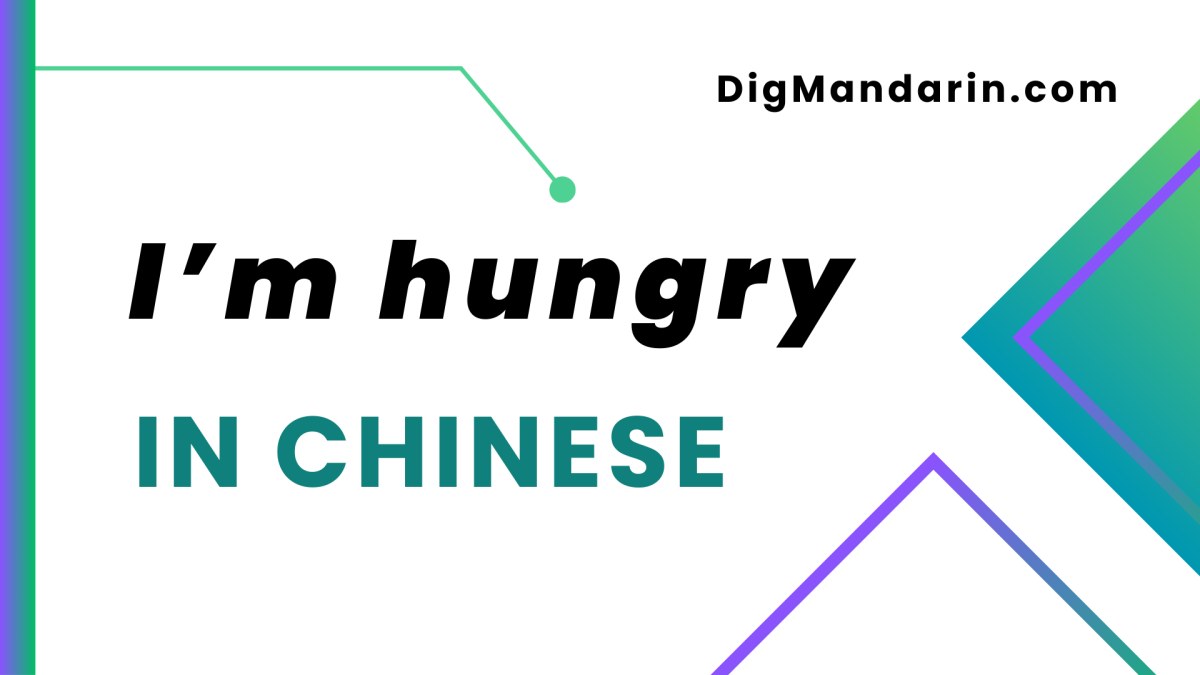

This Post Has 0 Comments